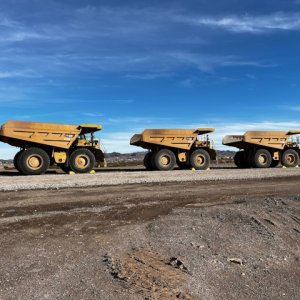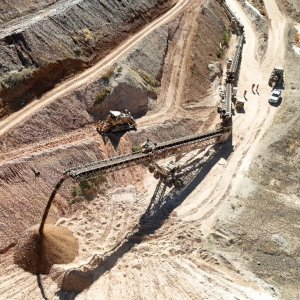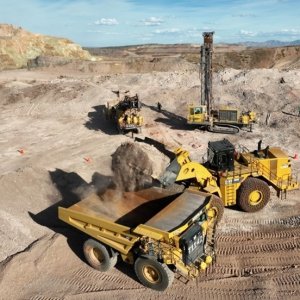Northern Mexico's Hydrocarbons Bet

STORY INLINE POST
Q: How would you describe Tamaulipas’ position in the oil and gas industry?
A: Tamaulipas is undoubtedly a strategic state for Mexico’s hydrocarbons industry. One of every four blocks operating in Mexico is located in Tamaulipas basins and the state leads the way in prospective conventional resources with 13 billion boe, which represents 26 percent of the country’s entire crude capacity. Tamaulipas also has a privileged geography for natural gas in Burgos and Tampico-Misantla, the two largest fields in this category, containing 27 percent of Mexico’s unconventional resources, 28 percent of oil and 25 percent of shale gas. Therefore, it is no surprise that 34 percent of the areas included in the Ministry of Energy’s Five-Year Licensing Plan are related to Tamaulipas. The state is a strategic point for the national oil and gas industry and in parallel, the industry is key to the state’s development. That is why this administration is committed to taking concrete actions to consolidate and strengthen the positive development of the hydrocarbons industry in Tamaulipas.
Q: What is being done to prepare for peak oil and gas activity, given the state’s extensive hydrocarbons resources?
A: The federal and state levels should fully commit themselves to capitalizing on the benefits of the Energy Reform. In the particular case of Tamaulipas, we have committed a large pool of financial resources to boosting the industry through measures such as creating a public structure focused on the hydrocarbons industry’s needs and its fast pace. To that end, we developed the Integral Strategy for the Energy Industry’s Development, which includes four guidelines for the state’s government. First, public infrastructure should be prioritized to serve the industry’s activities, particularly the Port of Tamaulipas, which will have an offshore terminal. Second, investment in human talent is required, as is the modernization of our education centers. Third, we should create and consolidate a competitive local supply chain to support operators in meeting their local content requirements. Finally, we need to generate investor confidence. It is important to highlight that preparing for the challenges of the reform’s application has been a strategy for Tamaulipas since Day One, as we are confident that this industry represents tangible benefits for our society.
Q: What are the competitive advantages that make Tamaulipas a strategic and stable entity for investment?
A: As business leaders expressed in a survey conducted by the Mexican Institute for Competitiveness (IMCO), Tamaulipas is a state with an unbeatable location. We share a 370km border with Texas, we have 17 border crossing points, five international airports, a refinery, three ports, natural gas processing plants, 45 industrial parks and a significant pipeline network. We have competitive advantages that make Tamaulipas a strategic state and an economically sustainable destination for investments. Moreover, we have a strong supply of human capital, market structures, specializations, territorial space control, easy access to raw materials and developed transport and telecoms infrastructure. Tamaulipas has made the most of these assets to stand as a favorable environment for investment and it is the No. 1 state in capacity creation for the diversification of export products that go beyond oil and gas.
Q: How are you maintaining high security and environmental standards related to unconventional resources?
A: This administration has been in constant communication with the federal entities in charge of the energy policy and it has actively participated in a series of forums and information meetings to understand what operators need. The Energy Reform established the need for the close interaction between ASEA with CONAGUA for both institutions to establish a normative framework for the development of E&P activities. The resulting framework is based on best international practices, mainly those adopted in Texas, where E&P in unconventional resources is a common and successful practice.
























